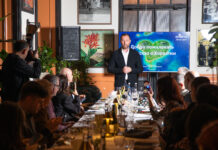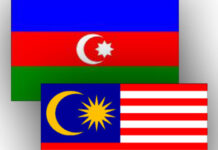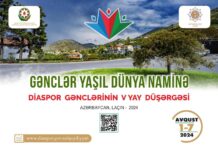THE INTERNATIONAL AWARD-WINNING PHOTOJOURNALIST REZA DEGHATI HAS WORKED IN OVER A HUNDRED COUNTRIES AS A WITNESS TO THE CHAOS OF WAR AND CATASTROPHES OF CONFLICTS. HIS WORK IS FEATURED IN SUCH INTERNATIONAL MEDIA AS NATIONAL GEOGRAPHIC, TIME MAGAZINE, STERN, EL PAÍS, AS WELL AS A SERIES OF BOOKS, EXHIBITIONS AND DOCUMENTARIES. IN AN INTERVIEW FOR THE AZERI OBSERVER MAGAZINE HE SHARES SOME SECRETS OF PHOTOJOURNALISM, TALKS ABOUT HIS WORK IN KARABAKH DURING THE BOTH KARABAKH WARS AND EXPLAINS HIS VISION OF THE WORLD.
BY ELENA KOSOLAPOVA
AZERI OBSERVER STAFF WRITER
Question: You are an internationally known photojournalist and you have also mentored many successful photojournalists. What do you teach them first of all? How to become a successful professional?
Answer: I always start my photojournalism classes by telling my students that I have two pieces of news for them – one good and one bad. The bad news is that I am not going to teach them photography, and the good news is that I will teach them a new language – a language of image, that they will be able to speak to everybody in the world. With this universal language you can express your mind and emotions, whether you speak French, English, Azerbaijani or Russian. I believe that you can become a good photojournalist only after learning. I don’t have a very profound knowledge in photography techniques and camera settings. It does not matter to me if a camera costs 50 dollars or 5000 dollars, it is just a tool that helps me take my pictures. It is important to understand that the word ‘photojournalist’ has two meanings: photo and journalist. If you want to take good photos, you obviously have to learn photo composition rules and understand how your camera works. Meanwhile, in order to become a good journalist, the primary thing for me is to work on the topics that matter to you, since you feel them on a deeper level. It is important to love the subject of your work and try to find a way to transmit your emotions through photography.
This is one of the reasons why I have always been an independent photojournalist and have never been an employee with any magazine. So, I choose topics which are interesting for me and then look for a magazine or a newspaper who are willing to buy this work. This is how I have been able to work only with the subjects that really matter to me for the past 40 years. If I was an employee with some magazine, my boss would decide what story I should work on. The more I see how the media and journalists work, the more I understand that the best way to get to know what is going on in some place, is to go to the location personally. That is why I travel a lot, visit different places, look for stories, and try to understand the developments. I may be wrong, but at least I was on the scene and did everything possible to find out what was happening there. Sometimes, the things I find are 100 percent different from the picture printed in the media. For example, look at how some French and US magazines and newspapers have covered the situation in Karabakh. They portray Azerbaijanis as tough barbarians, who are throwing poor Armenians out of their homes, which is completely false. That is why I am here – to show the true story from a different angle.
Q.: So, do you think that the international media are never objective?
A.: Take a photo and try to make a copy with two different copy-machines. You will get two different copies. Even machines are not objective! Nowadays there is no objectivity in journalism. In some countries the media are controlled by government and the government defines what journalists should show and say. In other countries the situation is similar to France, which is a country known for its human rights and freedom of speech liberalism, but about 90% of its media are owned by nine billionaires. I don’t think there is a billionaire in the world who buys newspapers, TV channels or magazines willing to help the media or promote the freedom of speech. They do it because they have their own agenda and want to push it to the society through media. So, nowadays the media are not objective. Thank God, we have internet, where many people still can express themselves and say what they think.
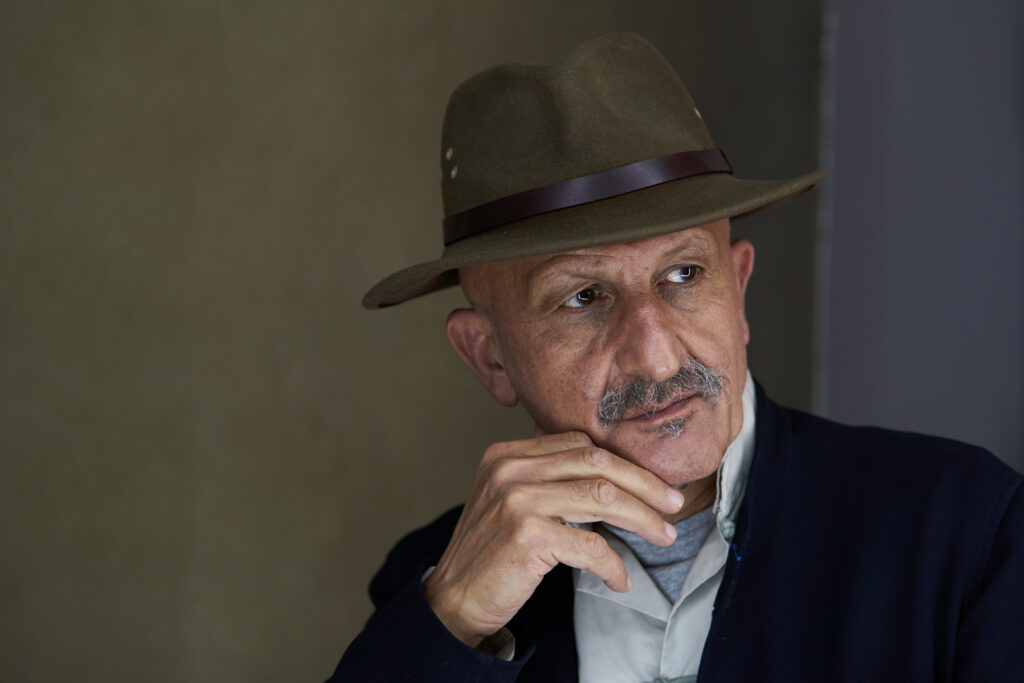
Q.: Do you personally try to be objective in your work? It must be very difficult when we see people suffer.
A.: The main objective is to see a story and show it as it is. However, it is impossible not to become emotional, not to be touched by the story, not to try to find out its background. It is human nature. If you see someone who is suffering you try to understand why they are suffering and if you find out that it is because someone else did something bad to them, it will impact your work, and influence the way you demonstrate the story. You still show the story as it is, but personally you are touched. You cannot say “I don’t care if they are crying, suffering or dying, because I am a journalist and I have to be objective.” If you are not touched, you are not human.
Q.: What is the most difficult aspect of photojournalism for you?
A.: Nowadays, the most difficult aspect is to convince an editor, who is based in their headquarters of a magazine in Paris or other European city, that my story is worth publishing. They have their own agenda and may not want to listen. This is the constant arm-wrestling that we have to face in the media.
Q.: Your photos became testimonies to the first Karabakh war. Many people around the world found out about this conflict through the lens of your camera. How did people react to these photos presented at exhibitions and other events in other countries?
A.: Almost all of them reacted as a human being reacts to the suffering – they were touched. I put my heart into my photos and when you put your heart in something you create, it seeps into the people’s own hearts. I have shown these photos everywhere from China and Japan to Africa and Europe. Every time I teach at Universities or deliver a speech at a conference, I talk about Karabakh among other topics. The only people who were not touched were Armenians. If there were Armenians at a conference or exhibition, they didn’t care what happened to the woman from Khojaly in my photo. They attacked my exhibitions, tore down my pictures in the center of Paris, lobbied against me, against my work. However, I think that if you witnessed some injustice, you have a responsibility to show it, regardless of what happens to you.
Q.: Do you think that some people changed their opinion about the conflict in Karabakh thanks to your photos?
A.: After 50 years in photography and working with many images, I am confident that photography is one of the major factors changing humanity. Photos bring a lot of information, educate, teach people, show them many things that you don’t learn from books or magazines, especially now when people hardly read any more. This information comes to our mind, and obviously changes us and broadens our vision, since we start seeing things that we didn’t see before. So, I think that through photography, it does not change the world, but changes the minds of humans, who later change the world.
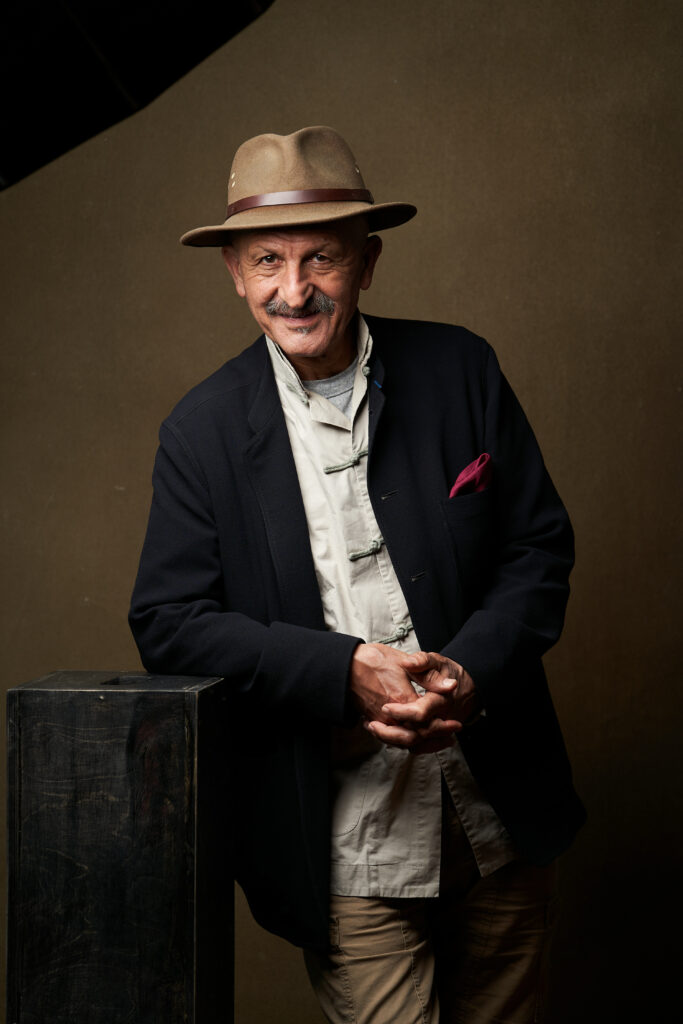
Q.: You came back to Karabakh after almost 30 years. How different are your impressions now?
A.: During the first war I passed through many cities –Jabrayil, Agdam, Fizuli, Shusha, Lachin, and others. I have memories of these beautiful cities and villages. Now all of them are destroyed. Not a single house remained in those places. This is the first thing. The second difference is that in the early 1990s, Azerbaijan’s army was not as strong as it is now. Azerbaijanis were willing to fight Armenia, but they lacked military discipline and effective weapons. On the other hand, I saw the way the Armenians attacked. By that time, I had covered many wars, and from my experience I can say that they were very strong. They knew military tactics, had very good snipers, and were backed from abroad. However, the biggest catastrophe I remember is seeing hundreds of thousands of refugees coming from those places, and the stories about how they were treated – one of the most inhumane ways that I have ever heard. And there was one more story that totally touched me. I talked with one of refugees; he related how brutal Armenian soldiers had been and suddenly said “They took all my belongings, but I kept the most important thing – the key to my house.” This key story opened my mind about the future of Karabakh. I understood, that he or one of his children would do everything possible to come back home. From that moment I was definitely sure that one day, Azerbaijanis will take back their land, which is what has finally happened now.
Q.: How did you feel when you heard about Azerbaijan’s victory and the end of the occupation of the Azerbaijani territories?
Q.: When the war started, I was in Paris, working on a number of different projects and getting ready for a big new project for the UN. Initially, I thought that the clashes would finish in two or three days, as it has happened several times before. However, after a week I understood that this time it was different and I had to be there. I called my colleagues and said that we had to postpone all our projects. Some of them we managed to postpone; contracts for others, regrettably we were forced to break. I came to Azerbaijan after the first bombardment of Ganja. At that time, I still didn’t have the impression that there was going to be victory. I was afraid that the Armenian army were planning something terrible, that they allowed Azerbaijani soldiers to move forward in order to trap them. However, after two or three days I went to the frontline, I realized that I had been wrong. I understood that this time Azerbaijan would go all the way. Two weeks before the victory I already claimed that it would take Azerbaijan one month maximum, to win. I believe in justice, that all nasty and inhumane actions will come back to the perpetrator.
After 30 years I witnessed how it happened with my own eyes. I went to Fizuli and came across two rotten buses with trees growing inside. Visually it was a very beautiful scene for a photographer – how nature takes over the iron. Meanwhile, I recalled a story that one of the Fizuli refugees told me. In 1993, when Armenian soldiers were approaching the city, they told the residents on loud-speakers to leave by one particular road. Azerbaijanis filled up the buses with the few belongings they could take with them and went away. However, Armenians trapped them, stopped the buses, forced the passengers out and started to empty their pockets and tear off women’s jewelry. When one of the Azerbaijani men tried to stop the Armenians from treating the women so badly, he was shot dead. Women and children burst into tears, and then the Armenians ordered everyone to take off their shoes and run away with nothing. The refugees were forced to walk barefoot for many kilometers. After almost 30 years I visited that region and I saw these buses, which were completely destroyed by nature, and next to them there were shoes and clothes left by Armenian soldiers. Suddenly this story made so much sense to me. Everything the Armenians did to the peaceful civilians, came back to them.
Q.: Which of your photos from Karabakh were the most difficult to take?
A.: The most difficult to take are photos of civilian suffering. One of the toughest periods I had in the city of Barda was after Armenia had used cluster bombs. At that time, I was in a small village just a few kilometers from the city, where a 7 year old girl was killed in an Armenian missile attack the day before. I took photos of the funeral, of her parents and it was terrible. Suddenly we heard the sound of an explosion from Barda. I immediately jumped into a car and went to the scene. On arrival, we saw a burning car with a person inside, and a woman with a boy, crying just 10 meters away from it – his wife and son, as I found out later. He had taken them to a grocery store and waited for them in the car, which was hit by a bomb several minutes later. They were near, saw him burning in the car, but could do nothing to help. When you see such a picture, you can never forget it. However, as a photographer I have a responsibility to document it. I cannot sit down and say that I feel hurt and sorry. I do feel sorry, I do cry, but I have to keep it inside me and go and take photos.
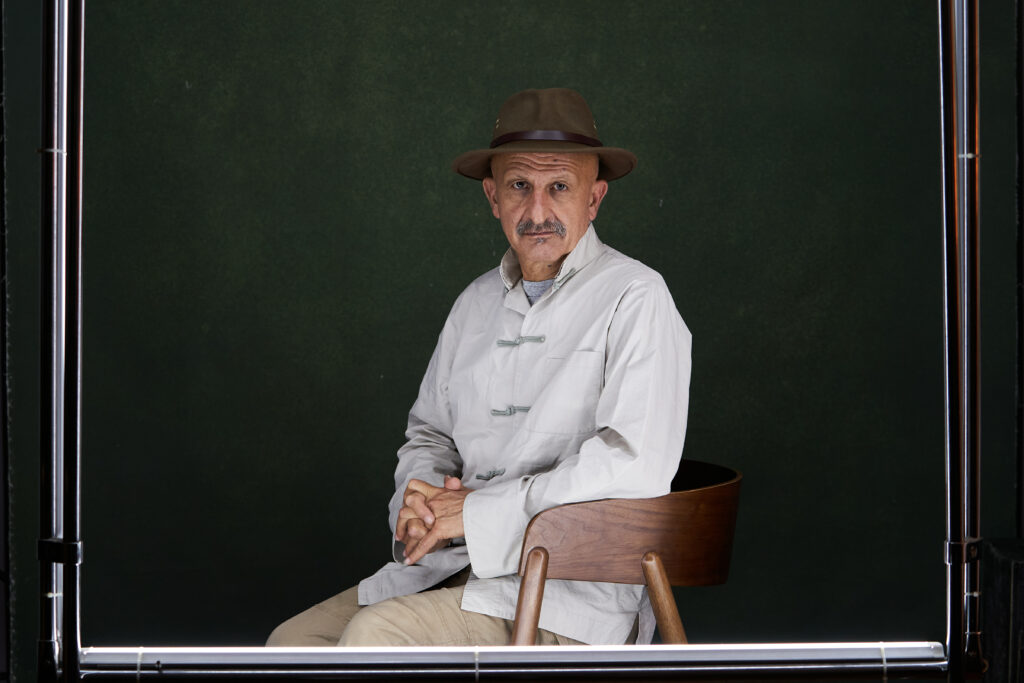
Q.: It must be extremely difficult to keep everything inside. How do you support yourself in order not to go mad after all what you have seen?
A.: Maybe I am already mad (smiles sadly). I have some really devastating pictures. I don’t publish them in the social media for ethical reasons. However, if some day the international court will try the Armenian leaders for the use of cluster bombs against civilians, I will provide these pictures. If some day there is an international trial for Khojaly, I will provide my pictures of a man, whose eyes were taken out before he was killed (Ed. note: In 1992, Armenians killed 613 people, including 63 children, 106 women and 70 elderly people, in the Azerbaijani city of Khojaly in one day. As many as 487 people were wounded).You cannot be indifferent when you witness such things. Moreover, being a photographer, I go back to my studio, look through these photos, show them to other people, and feel hurt by them even after 30 years. It is undoubtedly important to support yourself, ‘polish’ your soul. What soothes me is poetry. I believe it is the soul of humanity. Music and art also help me.
Q.: How do you see the future of Karabakh?
A.: I think it will change as much as Baku has changed over the last 30 years. My first visit to Baku happened in 1987, and I see a lot of changes from the Soviet era. I hope that Karabakh will remain authentic and not become a Disneyland. Beautiful new concrete buildings may be good, but they will not have the same historical value. Living in such buildings will have a completely different impact on your mind, soul, body and health, than living in houses made of stone and wood. Look at how Italian and French villages with houses built 200 years ago are loved for their authenticity by everyone who visits them. I hope that the Azerbaijani government will find a way to convert Karabakh into a Caucasian Italy.
Q.: You have seen more conflicts and wars than probably anybody in the world. So, you are the right person to ask, what people in conflict zones need.
Q.: Yes, there is no military man in the world who has seen as many wars as me. Ordinary people don’t need war. It is always a decision taken by governments, and most of the time this decision is based on economic interests. Huge companies’ interests push politicians to make war, and the people are the ones who pay the price. Normal people don’t want war. Armenians and Azerbaijanis lived here in peace together for many years. A desire for independence for Karabakh was allegedly the reason to unleash a war. However, it is just a smoke screen. In fact, the war was initiated by politicians for economic reasons. Meanwhile, I see how humanity is progressing for a better future. I believe that in 200, 300, 500 hundred years from now, people will look back to the history of the 21st century and be astonished by our barbarity. I hope they will wonder why we were building tanks and guns and killing each other instead of buildings hospitals, schools and roads. I believe it will happen one day.




